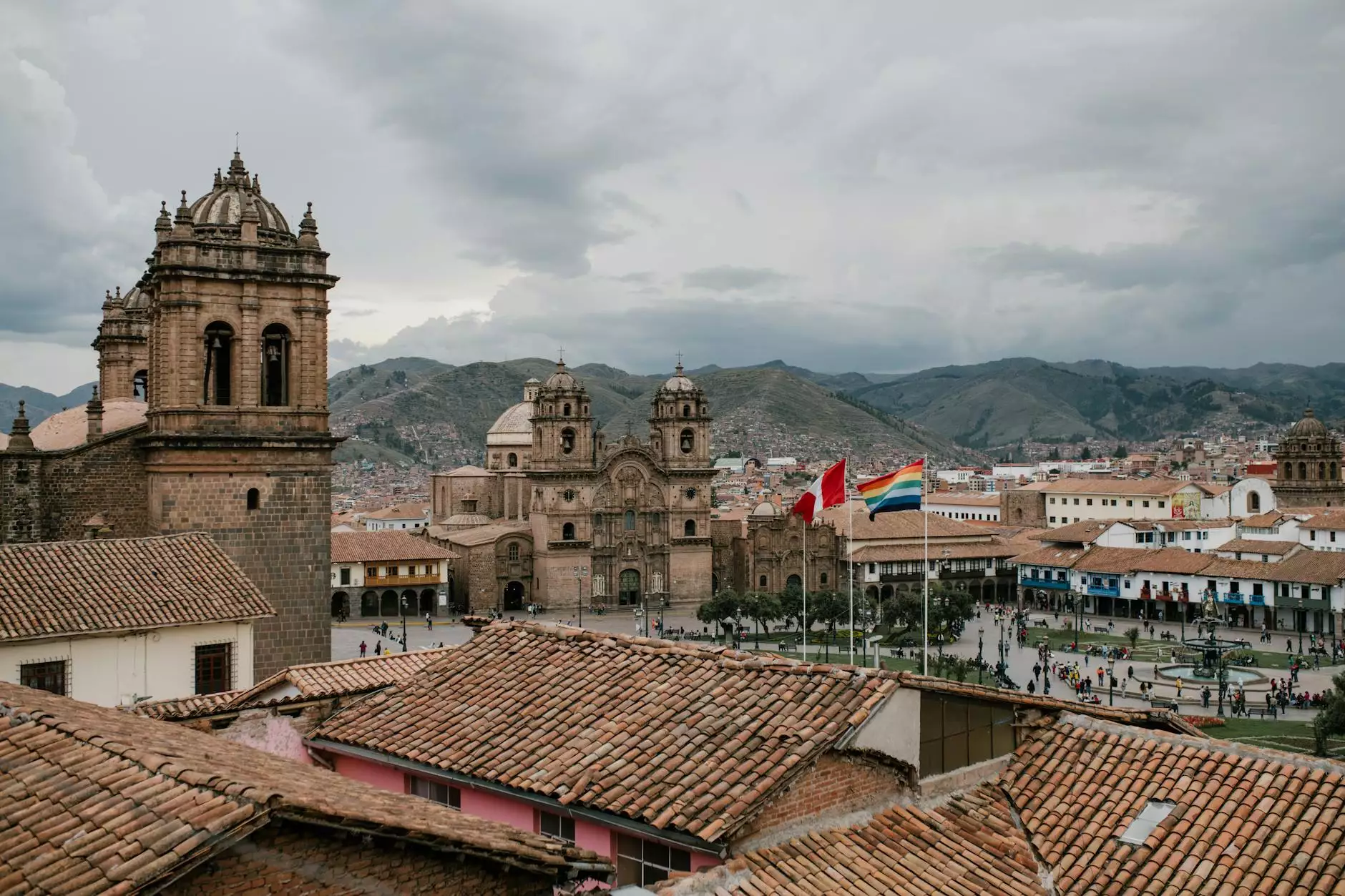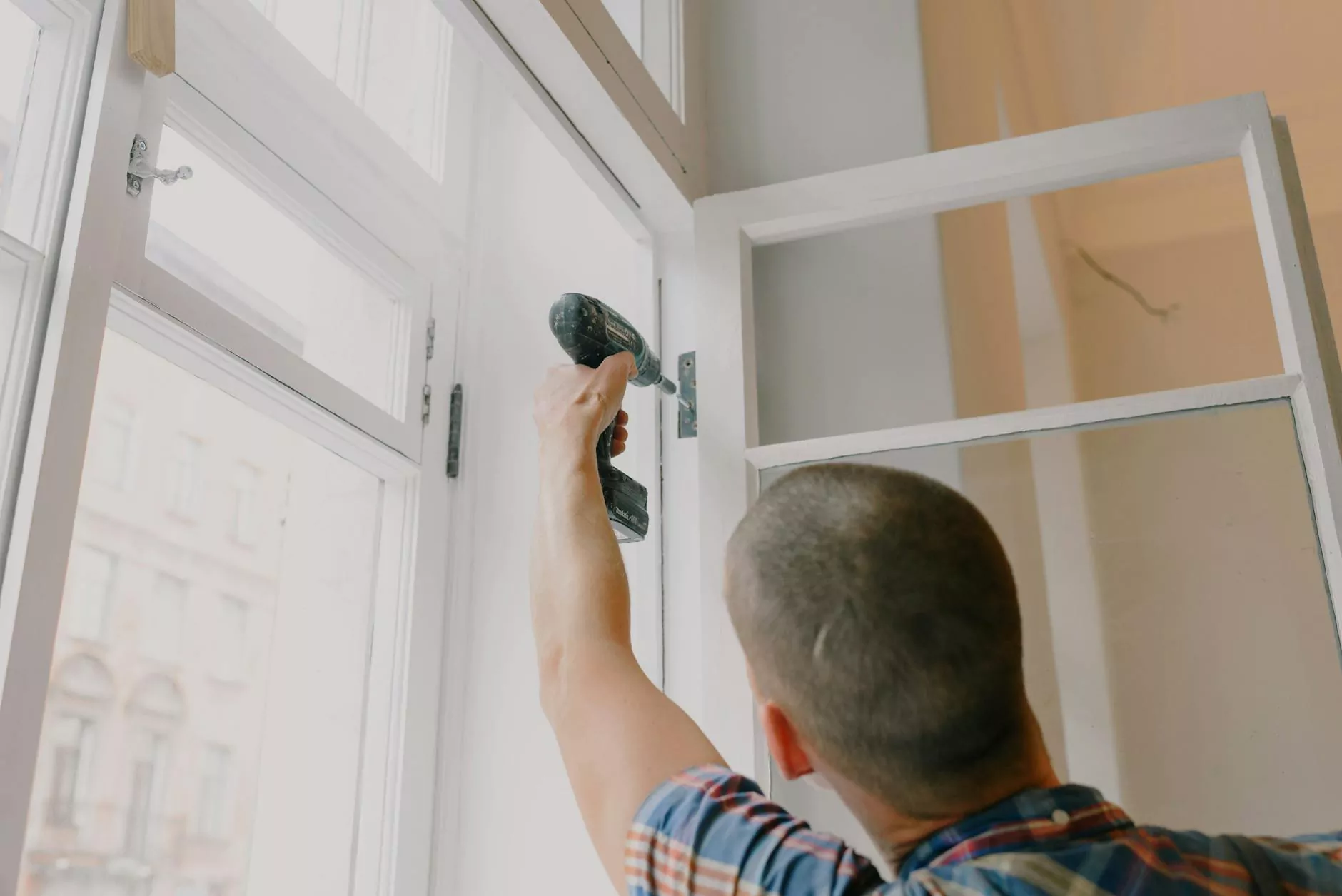Roofing Throughout The Ages | The History of Roof Tiles
Blog
Welcome to Kansas City Metal Roofing, your go-to source for all things related to roofing in the Home and Garden industry. In this comprehensive guide, we will delve into the intriguing history of roof tiles, tracing their evolution from ancient civilizations to modern times.
The Beginnings: Ancient Roofing Materials
Roofing has been an integral part of human shelter since time immemorial. To understand the history of roof tiles, we must first look back at the earliest roofing materials used by our ancestors. Millennia ago, people relied on natural resources such as thatch, wooden shingles, and mud to protect their dwellings from the elements. While these materials served their purpose, they were often prone to decay, fire, and limited durability.
The Rise of Roof Tiles
A significant turning point in roofing history came with the introduction of roof tiles. The use of fired clay tiles dates back thousands of years, with ancient civilizations like the Egyptians, Greeks, and Romans leading the way in their development and refinement. These early roof tiles proved to be more resilient, better insulators, and longer-lasting than their predecessors.
The Egyptians, known for their advanced architectural techniques, utilized flat clay roof tiles in their structures as early as 3000 BC. These tiles were formed by shaping moist clay and then baking them in kilns, resulting in a hard and durable roof covering.
Evolution and Adaptation
Throughout the centuries, roof tiles continued to evolve and adapt to the changing needs and aesthetics of different cultures. In Greece, the introduction of curved clay tiles added a distinctive architectural element to their buildings. The Romans further perfected the manufacturing process, creating interlocking roof tiles for better water resistance and stability.
As civilization spread and trade routes expanded, the knowledge and techniques of roof tile production were exchanged between cultures. This cross-pollination resulted in further variations in style, shape, and material compositions.
The Renaissance of Roof Tiles
The Renaissance era witnessed a revival of interest in traditional construction methods, including the use of roof tiles. The rediscovery of ancient architectural principles brought about a resurgence in tile production, with artisans experimenting with ornate designs and vibrant colors.
One notable example is the Spanish Mission roof tiles, which gained popularity during the colonization of the Americas. These distinctive, barrel-shaped tiles were made from clay and showcased a distinctive red hue that added a touch of elegance to Spanish-inspired architecture.
Modern Roof Tiles
In the modern era, roof tiles have continued to evolve, incorporating advancements in technology, durability, and energy efficiency. Today, homeowners have a wide range of tile options to choose from, including clay, concrete, slate, and even synthetic materials that mimic the appearance of traditional tiles.
Advantages of using roof tiles for your home are numerous. Firstly, they offer exceptional durability, with some clay tiles lasting for centuries. Additionally, roof tiles provide excellent insulation, helping to regulate indoor temperature and reduce energy consumption.
Roof tiles also offer superior fire resistance compared to other roofing materials, providing added safety and peace of mind. They are also more resistant to pests, rot, and decay, making them a long-lasting investment for your home.
Conclusion
In conclusion, the history of roof tiles is a testament to the ingenuity and progress of human civilization. From humble beginnings to modern advancements, roof tiles have proven themselves as a reliable and stylish roofing solution. If you are considering roof tiles for your home, Kansas City Metal Roofing is here to provide you with top-quality products and expert installation services. Contact us today to discover the perfect roofing solution that combines history, functionality, and beauty.




